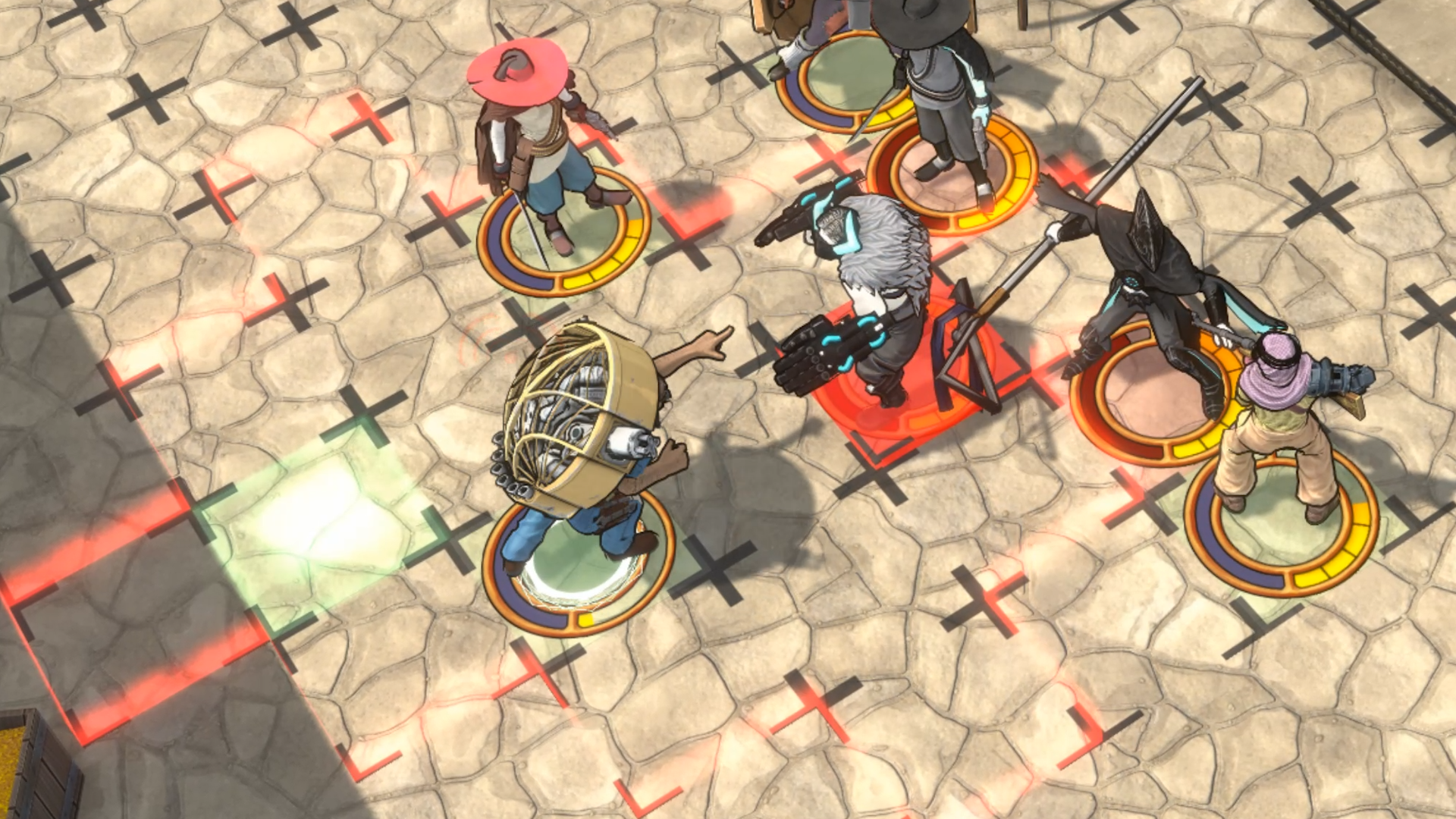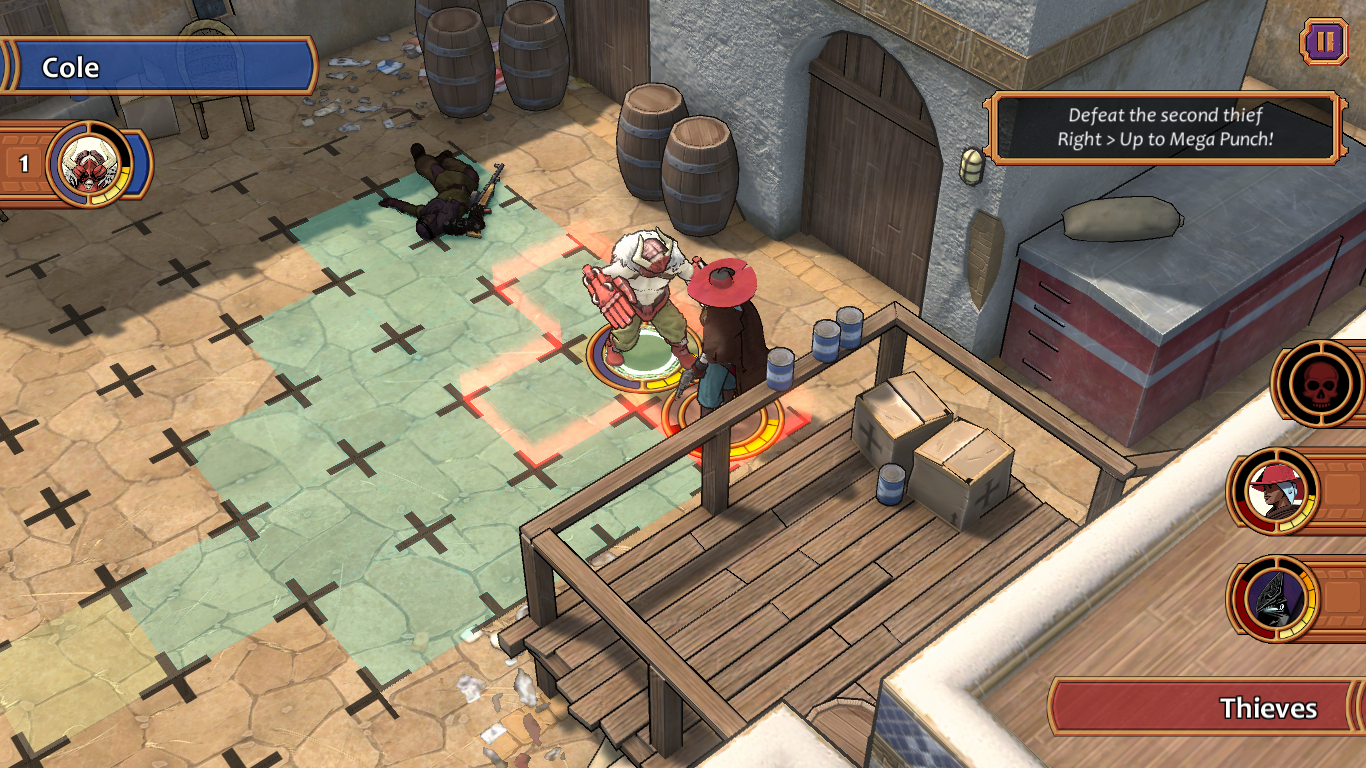City of the Shroud: Episode 1 Review
A promising first outing.

Abyssal Arts’ new City of the Shroud tries to innovate in a number of ways, and as much as I want to applaud their efforts, some ideas haven’t been tried for a reason.
City of the Shroud’s story revolves around the mysterious player character, a farmer and refugee to the titular city who accidentally gets involved in a battle for dominance between five competing factions.
That story is City of the Shroud’s first innovation: the story will change based on the cumulative actions of all players over each episode. However, this review is only of the first episode and as such won’t speak to the overarching story of the game or the extent to which the player community’s actions will impact the narrative.
City of the Shroud’s other major innovation is its combat, which plays as a real-time TRPG. Abyssal Arts really wants this oxymoron to work, but I remain unconvinced. They’re careful to start players slow with a multitude of short tutorials making up a large portion of the first episode. However, these tutorials only serve to slow the episode’s pacing, and despite City of the Shroud’s efforts, its combat system remained somehow both minimalist and intimidating throughout my time with it.

I found City of the Shroud’s combat too fast to make informed tactical decisions and therefore lacking in depth. For most battles, I mindlessly repeated the same combos until my foes fell over. Thankfully, Abyssal Arts does provide multiple options for players to customize the combat to their preference, like different difficulty settings and a button that pauses the action. However, the difficulty options are hidden behind a menu and fail to make combat more engaging, and the “Wait Mode” is far from clearly explained.

City of the Shroud’s narrative has a lot of potential. It’s well written but critically lacks interesting characters. Outside of the five faction leaders vying for the player’s allegiance, all of the characters are given the same half-dozen portraits. This makes it hard for these characters to have distinct personalities and histories despite the writing’s admirable attempts to the contrary. And players spend a lot of time with these essentially faceless side characters.
I have other quibbles, like tone problems early in the game, specifically around the game’s tutorials which have characters giving mechanical directions through narrative dialogue, breaking the fourth wall and my immersion.

Ultimately, I did find myself drawn into City of the Shroud’s story and I’m curious to see where it goes. While I’m completely unattached to any of the small fry of Iskendrun, I am interested in the political machinations of the five faction leaders. The turmoil of Iskendrun is more fully realized than in most fantasy narratives, and City of the Shroud is unafraid to realistically examine ideas of diaspora and disparity.
City of the Shroud is highly ambitious, and I appreciate Abyssal Arts’ boldness. I wasn’t entirely captured by either its combat or narrative but I see potential in both. I look forward to what Abyssal Arts brings to its future episodes.

